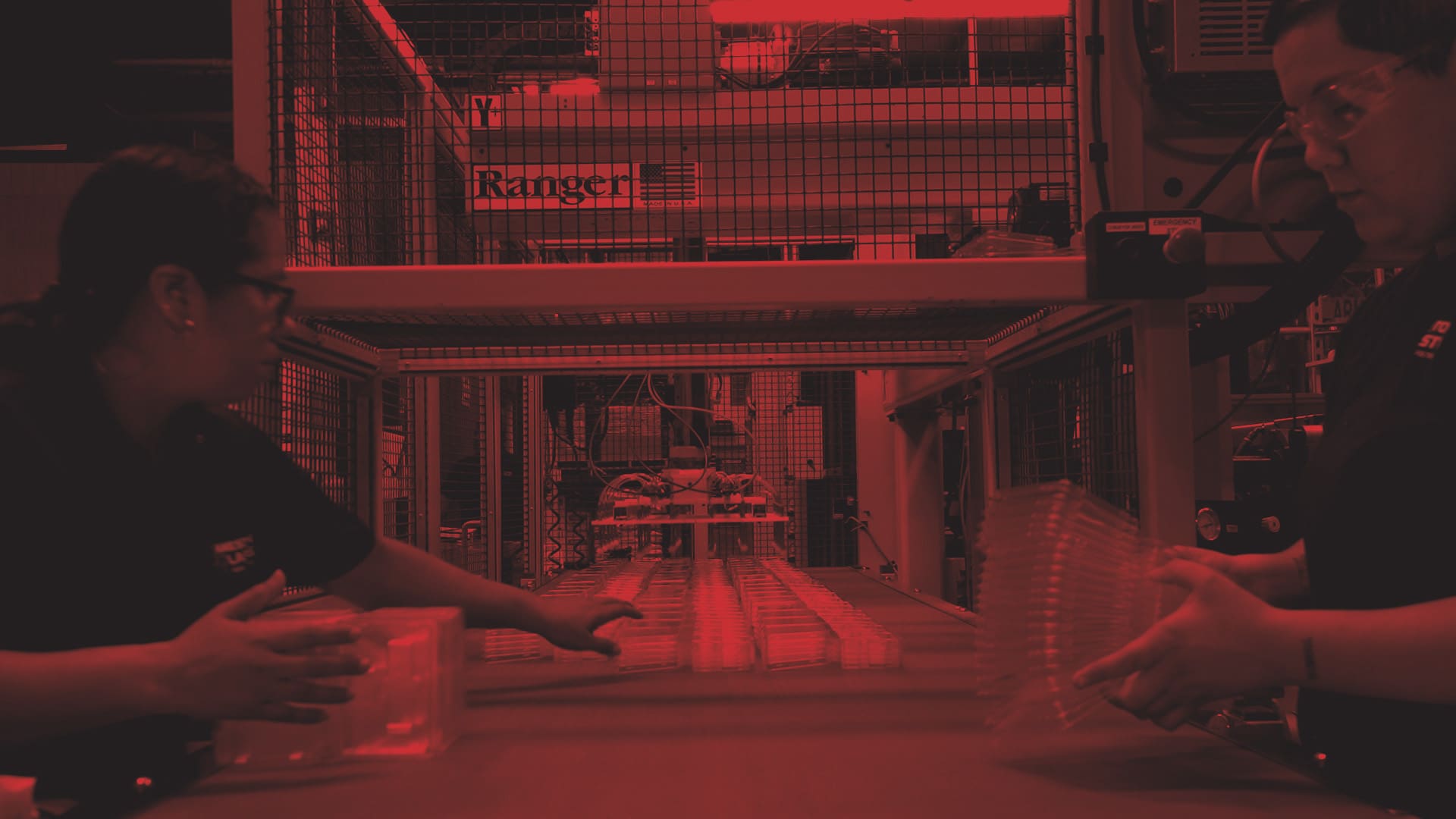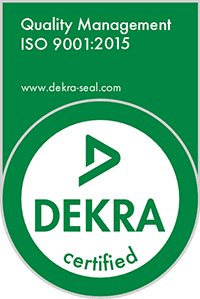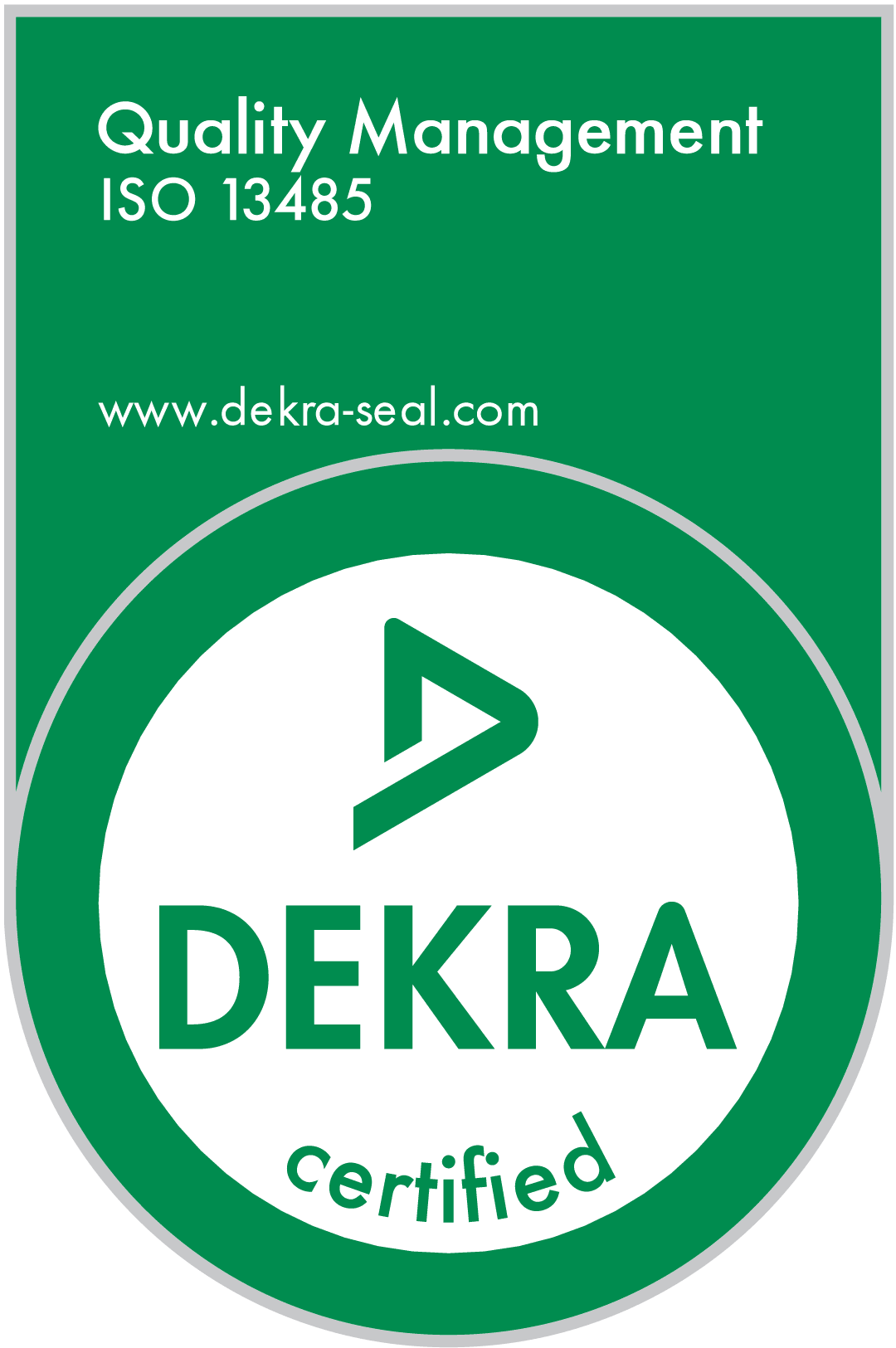What is thermoforming? In this article, we will answer this question and more as we go through the various intricacies of this manufacturing technique.
How Thermoforming Works
Here is a step-by-step guide on thermoforming:
Heating
The heating stage prepares the plastic sheet for shaping. Various methods — such as convection ovens, radiant heaters, or infrared heaters — are employed to raise the temperature of the plastic to its forming range. This is typically between 230 °F to 400 °F (110 °C to 200 °C). Heating softens the plastic material, allowing the molecules within the plastic to move freely.
Forming
Once the sheet reaches the optimal temperature, it is transferred to the forming station and positioned above the mold or within a cavity. Vacuum forming is a common technique in this stage, where a vacuum is applied beneath the plastic sheet. This draws it tightly against the mold or into the cavity. Meanwhile, pressure forming uses positive air pressure to push the heated material.
Cooling
After the plastic has been formed into the desired configuration, it is rapidly cooled to solidify its structure and maintain its form. Proper cooling is essential to ensure that the formed plastic retains its dimensional accuracy and mechanical properties. This can be achieved using various methods, such as fans, water sprays, or cooling chambers.
Trimming and Finishing
Any excess material or flash around the edges of the part is trimmed away using cutting tools, routers, or other trimming equipment. This guarantees that the final product meets the necessary specifications and aesthetics. Additional finishing steps such as surface treatment or printing may also be performed to enhance the appearance or functionality of the product.
Benefits of Thermoforming
Here are the benefits contributing to thermoforming’s popularity in the manufacturing industry:
Cost-Effectiveness
Thermoforming is more cost-effective than other manufacturing processes, especially for low- to medium-volume production runs. Its tooling costs are typically lower since molds are less complex and can be made from wood, epoxy, or aluminum instead of metal. It also allows for efficient material usage, minimizing waste and reducing costs.
Design Flexibility
With thermoforming, designers can freely incorporate undercuts, fine details, and deep draws into their designs. This capability enables them to create visually pleasing and highly functional products that meet specific requirements and design objectives. For example, fine details add visual appeal and tactile interest to the finished parts, enhancing the overall user experience.
Rapid Prototyping and Production
Thermoformed products offer fast turnaround times for prototyping and production. Tooling lead times are relatively shorter than other processes, allowing quick iterations and modifications during the prototyping phase. Once the tooling is ready, the process enables high-speed production with short cycle times, which is ideal for meeting tight deadlines.
Versatility
Thermoforming is a highly versatile process that can accommodate an array of plastic materials, including ABS, PVC, PET, polystyrene, and polypropylene. It can also produce parts with various textures, finishes, and thicknesses. This makes it suitable for diverse packaging, automotive, aerospace, and consumer goods applications.
Jamestown Plastics: Your Trusted Partner for Your Thermoforming Needs
Overall, thermoforming is a versatile technique that can elevate your manufacturing capabilities. By harnessing the power of this process, you gain access to a cost-effective and efficient process for producing high-quality plastic parts. At Jamestown Plastics, we specialize in both light-gauge and heavy-gauge thermoforming.
Get in touch with us today to learn more about our capabilities.





